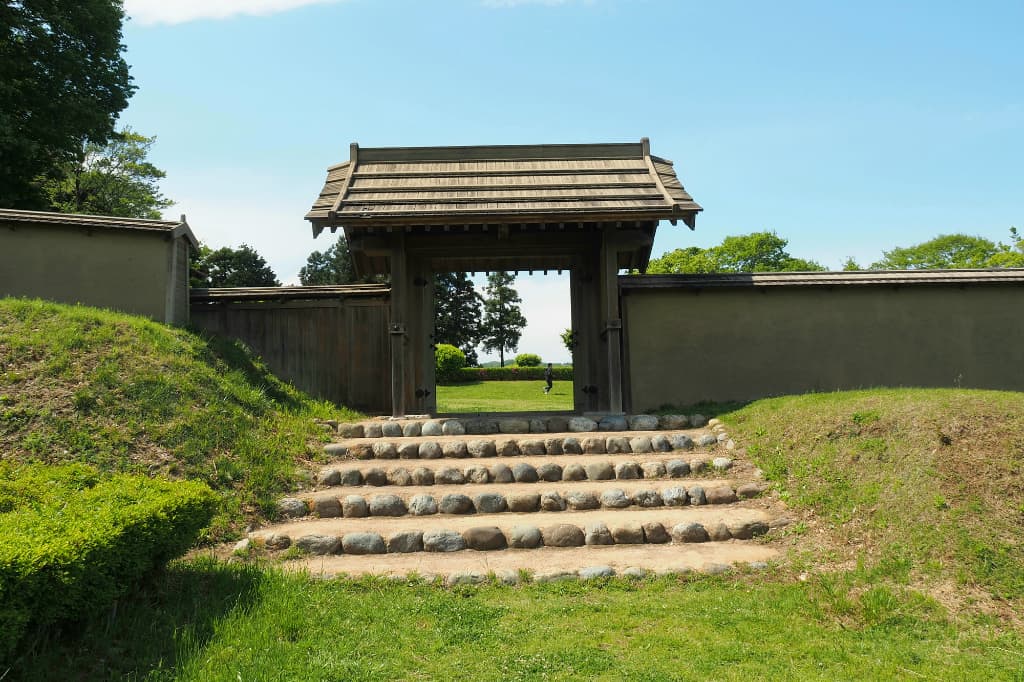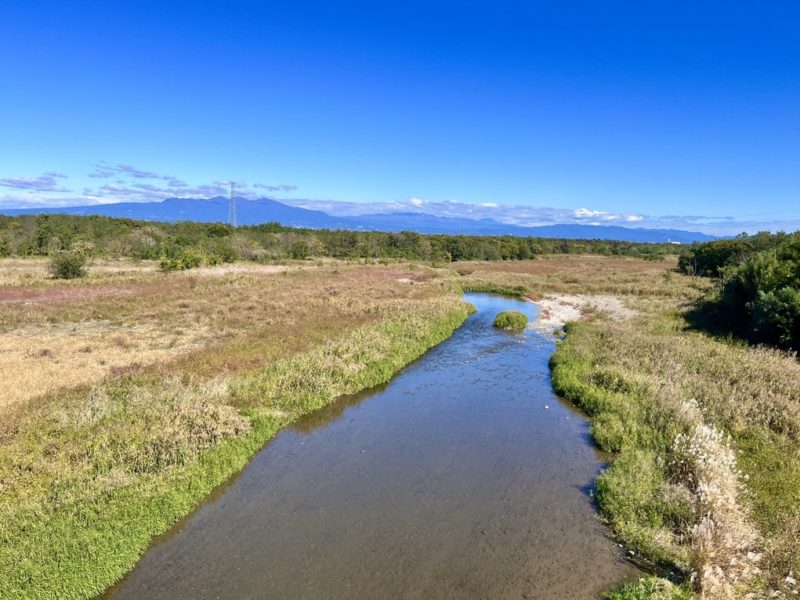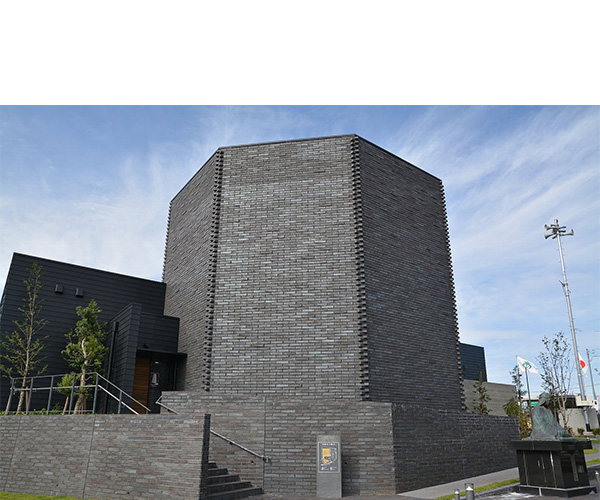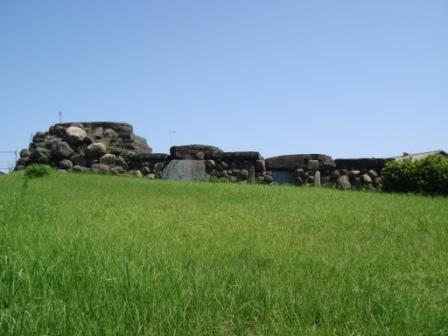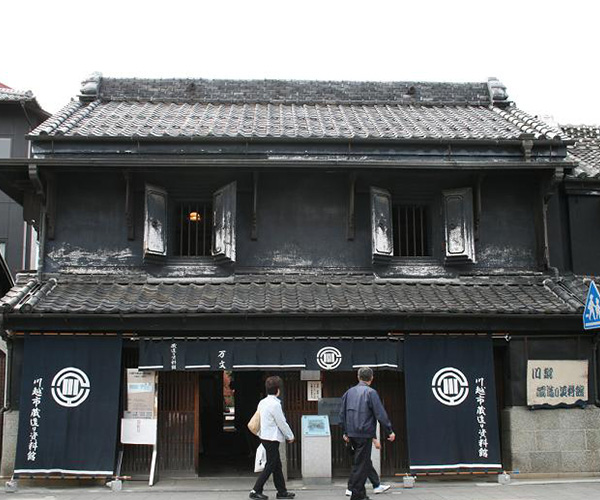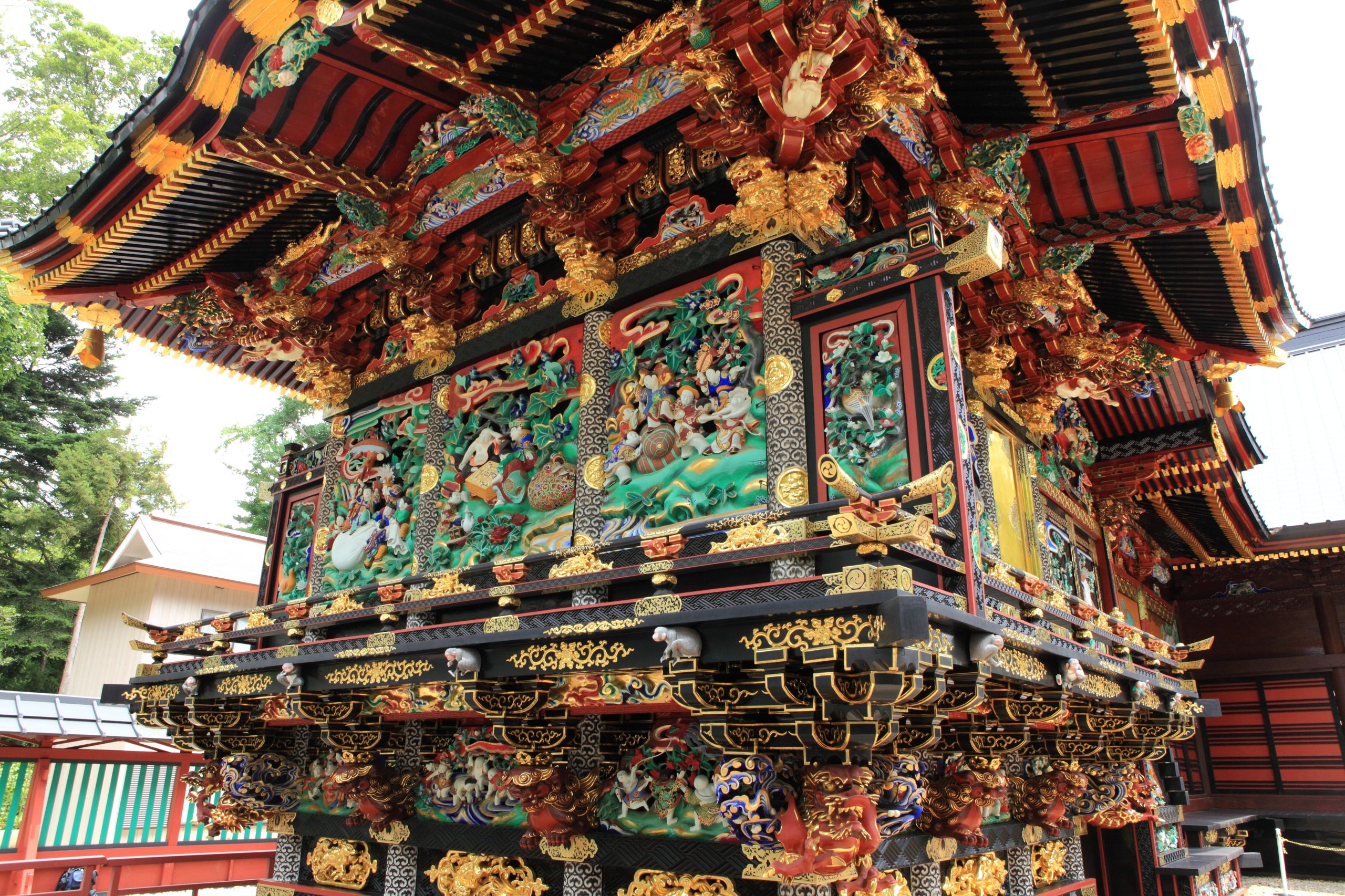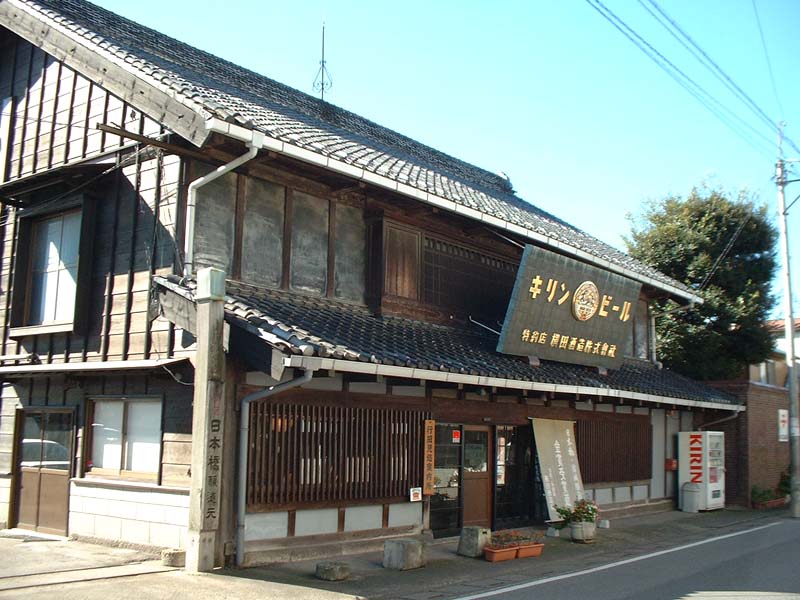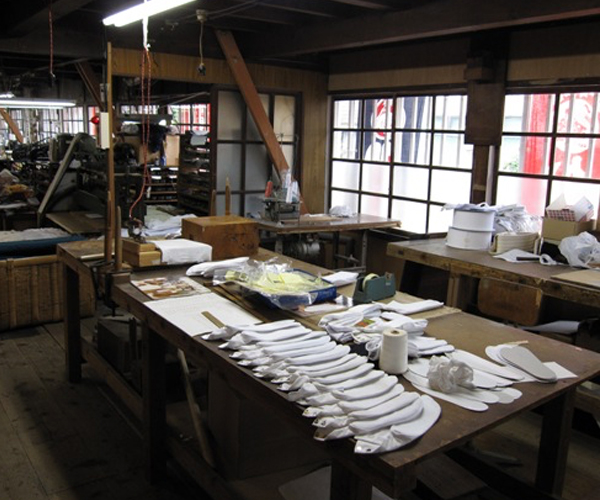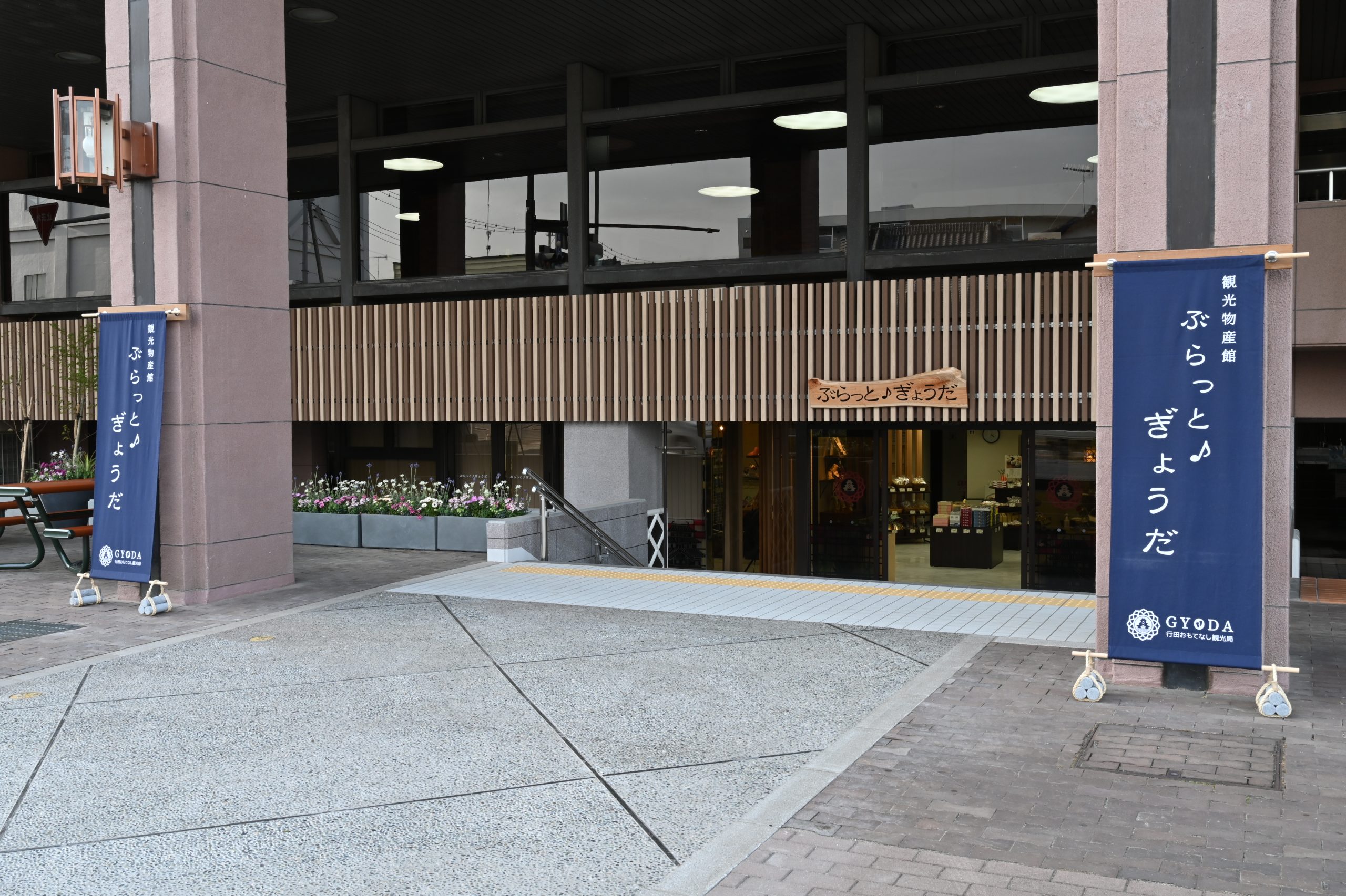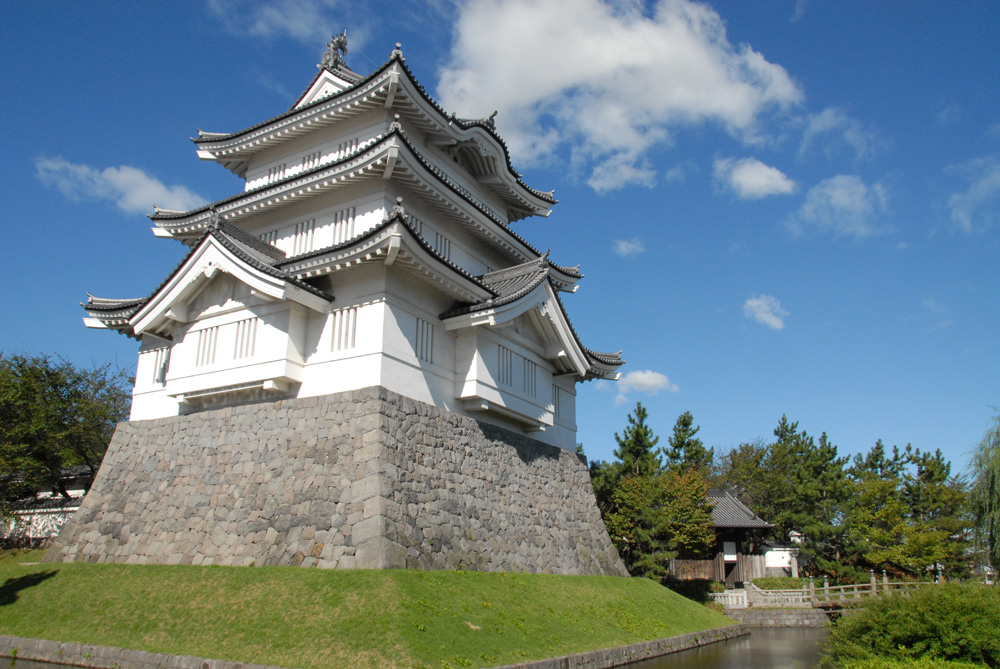Kumagaya Municipal Ogino Ginko Museum
sightseeing
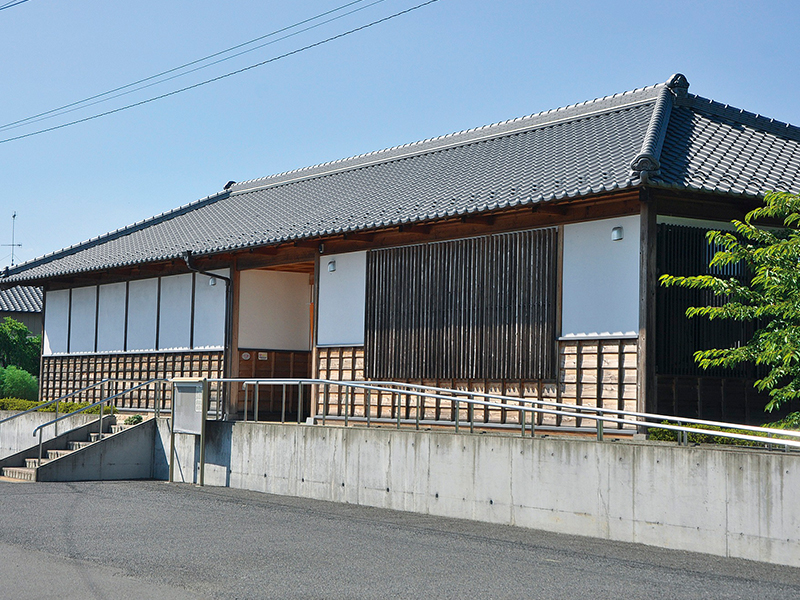
The Kumagaya Municipal Ogino Ginko Museum is dedicated to Ogino Ginko, the first officially licensed female doctor in Japan who passed the medical practice examination in 1885, one of the three great historical figures of Saitama Prefecture. The museum is a Japanese-style building with tiled roof and plastered walls partly covered in wooden siding built to resemble the Nagaya-mon gate of Ginko Ogino's birthplace, and is divided into an exhibition room and a lounge area.
Basic Information
Location
581-1 Tawarase, Kumagaya City
TEL
048-589-0004
FAX
048-589-0004
Home page
Business hours / Fee
Business hours
9:00 - 17:00
Regular holiday
Monday (If Monday is a public holiday, the next day will be closed instead)/New Year's holiday
Fee
Free
How to get there
Public transport
Take the bus bound for Kuzuhada (Kokusai Juoh Kotsu Co., Ltd.) from the No. 3 bus stop at the front exit of JR Kumagaya Station. 20 min walk from the Kuzuwada bus stop.
Car
Get off the Kan-etsu Expressway at Higashmatsuyama IC and follow prefectural/national road 407 for another 30 kilometers. You can also get off at Hanazono IC and follow national road 140 or 407 for about 25 kilometers.
Parking
10 parking slots. (For larger buses, refer to the Kasenjiki (riverside) parking lot)

